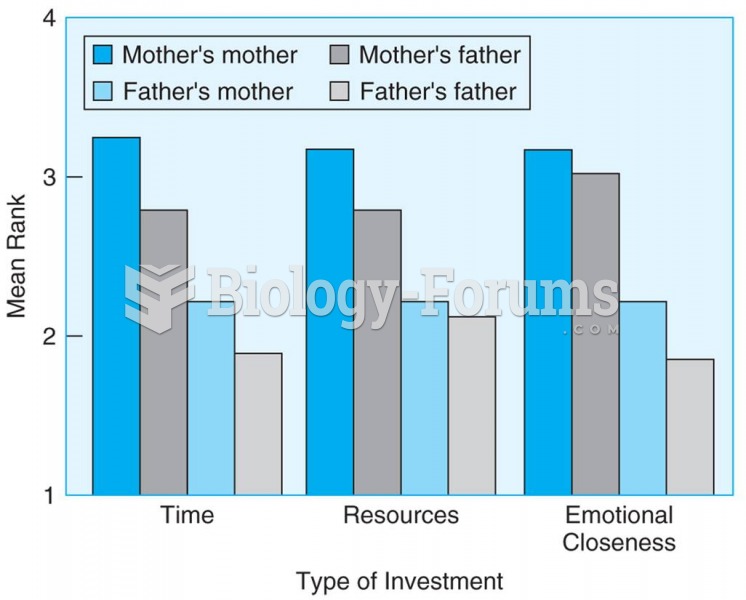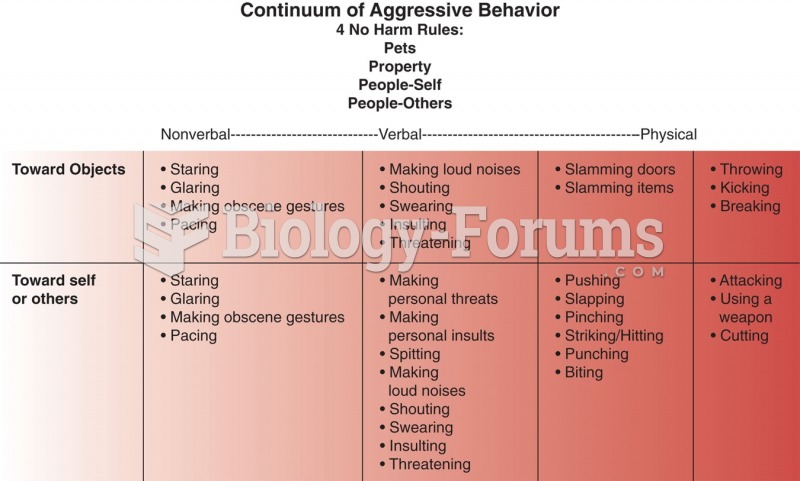Answer the following questions based on the case study Frank information below. Frank is an 83-year-old man with a low income. He has osteoarthritis and macular degeneration and complains of muscle weakness and difficulty sleeping. Frank recently lost his wife of 50 years to complications associated with a hip fracture as a result of her osteoporosis and her falling down. He has started eating more ready-to-eat processed foods since she prepared all their meals. Answer questions 17-20 based on the case study Frank information below. Frank is an 83-year-old man with a low income. He has osteoarthritis and macular degeneration and complains of muscle weakness and difficulty sleeping. Frank recently lost his wife of 50 years to complications associated with a hip fracture as a result of her osteoporosis and her falling down. He has started eating more ready-to-eat processed foods since she prepared all their meals. Answer questions 17-20 based on the case study Frank information below. Frank is an 83-year-old man with a low income. He has osteoarthritis and macular degeneration and complains of muscle weakness and difficulty sleeping. Frank recently lost his wife of 50 years to complications associated with a hip fracture as a result of her osteoporosis and her falling down. He has started eating more ready-to-eat processed foods since she prepared all their meals. Answer questions 17-20 based on the case study Frank information below. Frank is an 83-year-old man with a low income. He has osteoarthritis and macular degeneration and complains of muscle weakness and difficulty sleeping. Frank recently lost his wife of 50 years to complications associated with a hip fracture as a result of her osteoporosis and her falling down. He has started eating more ready-to-eat processed foods since she prepared all their meal What could Frank's wife have done to reduce her risk of osteoporosis and falling?
A) Learned t'ai chi for improved balance
B) Taken omega-3 fatty acid supplements
C) Prevented herself from going through menopause
D) Consumed a glass of red wine with dinner each night
E) Eaten more colorful fruits and vegetables
Question 2
Hannah Arther is a 53-year-old marketing executive who was recently diagnosed with uterine cancer. She had a hysterectomy and is currently undergoing radiation therapy. She is experiencing nausea, vomiting, and diarrhea, as well as anorexia.Because of the symptoms Ms. Arther is experiencing, she is at risk for all of these conditions except _____.
a. weight loss
b. fluid and electrolyte imbalances
c. negative nitrogen balance
d. dysphagia
e. muscle wasting







